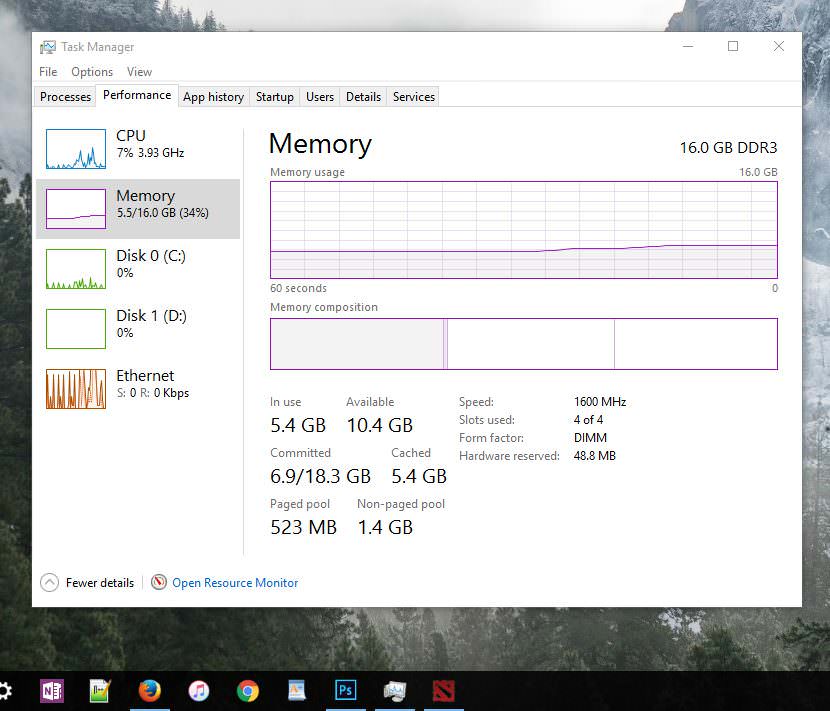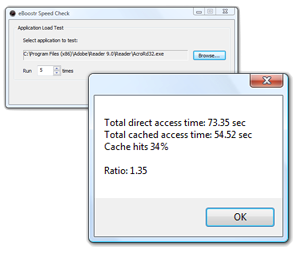

Windows ReadyBoost function reduces the access time on some read operations, using a flash memory (USB key, SD card.) As a dedicated cache. Flash is not as fast as RAM, flash is also non-volatile like the disk.

ReadyBoost is like a level between RAM and hard drive, a flash memory level.

Thus the initial load time of Windows is greatly reduced. When the machine starts up there is a good chance that it managed to keep all the system files in flash. If the part of disk needed is cached in the flash, its plucked from there. With ReadyBoost if a part of the disk is needed that isn't in RAM, before starting the slow process of dragging it down off disk is begun a quick look is taken at the flash memory. Flash is not as fast as RAM but far faster then disk, flash is also non-volatile like the disk. ReadyBoost introduces a level between RAM and disk, a flash memory level. So RAM is a buffer for disk, it has one great advantage over disk in that it is extremely quick and one big disadvantage in that it is volatile, when the power goes so does the content of RAM. But no matter how much RAM you have, you always need to access disk some, even if its to pull the initial operating system down. The more RAM you have, the less disk activity is needed. People misunderstand what RAM is RAM is really just a disk buffer. You will not feel any improvements if your running.lets say,atleast 4 gb of ram,then its uselles.but fi your running on 1,or 3 gb then it can help a s ment for older systems.with low memory performance. Hard disks outperform flash drives during sequential reads, but flash drives are faster during non-sequential reads (because of the latency caused when the drive head must move to a different disk sector).Therefore, ReadyBoost reads from the cache only for non-sequential reads. ReadyBoost will read files from the cache only when doing so will improve performance. All files in the cache are encrypted using 128-bit AES if the flash storage device is removable, but hardware manufacturers can choose to disable encryption on internal, non-removable ReadyBoost devices.Īnd the latest info and most important :Computers with fast hard disks (such as 7,200- or 10,000-RPM disks) might realize minimal performance gains because of the already high disk I/O. SuperFetch monitors files that users access (including system files, application files, and documents) and pre¬loads those files into the ReadyBoost cache. Windows 7 use the Windows SuperFetch algorithm to determine which files should be stored in the cache. Larger caches can improve performance, but the ReadyBoost cache cannot be greater than 4 GB on a FAT32 file system or greater than 32 GB on an NTFS file system. This feature uses external USB flash drives as a hard disk cache to improve disk read perfor¬mance.


 0 kommentar(er)
0 kommentar(er)
